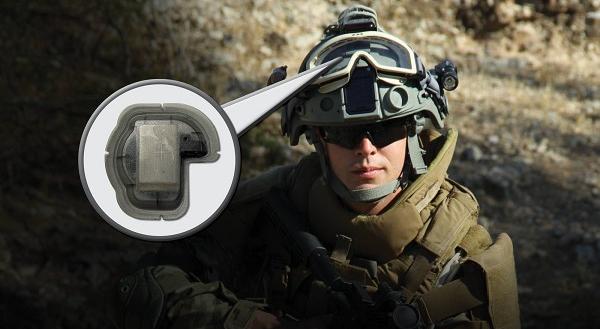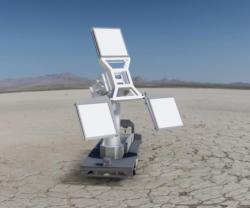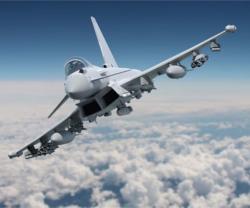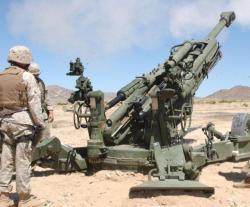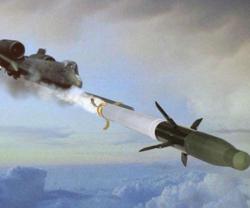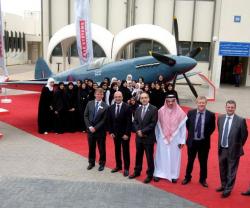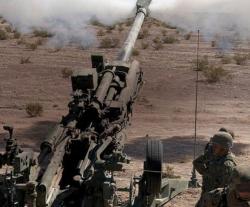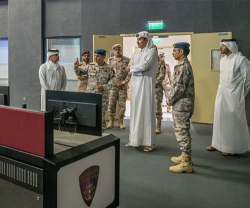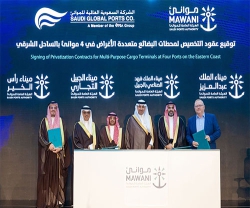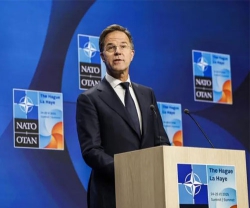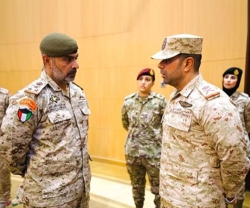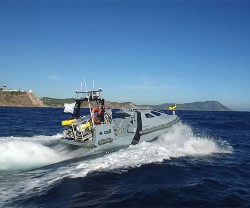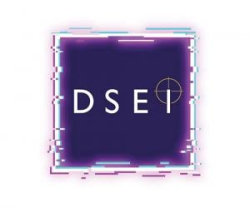BAE Systems unveiled its next generation Headborne Energy Analysis and Diagnostic System (HEADS) helmet sensor at the ongoing Farnborough International Air Show.
This debut follows a recent $17 million award from the U.S. Army for BAE Systems' HEADS Generation II sensor, which is designed to better monitor soldiers and assist in the identification and diagnosis of combat-related traumatic brain injuries (TBI).
BAE Systems introduced its first HEADS sensor to the military in 2008. Since then, nearly 7,000 of the company's HEADS units have been fielded to the U.S. Army and U.S. Marine Corps-a testament to BAE Systems' commitment to integrating innovative lifesaving technologies into survivability products for troops.
With the new order, thousands of the company's Generation II HEADS helmet sensors will be produced and fitted inside the combat helmets for U.S. troops serving abroad.
The HEADS smart sensor is also designed to provide medical professionals with important data that may help determine the severity of a possible TBI.
The sensor itself is small, lightweight and can be secured inside virtually any combat helmet. Although imperceptible to the wearer, it is designed to continuously collect critical, potentially lifesaving data, including impact direction, magnitude, duration, blast pressures, angular and linear accelerations as well as the exact times of single or multiple blast events. That information is then securely stored until it can be quickly downloaded and analyzed by medical teams using a simple USB or wireless connection.
Compatible with most helmets, the HEADS sensor is unobtrusive and won't interfere with additional helmet-mounted equipment soldiers may need, such as goggles and other sensors.
Deliveries on the initial Generation II HEADS order are expected to begin in April 2011, and be completed by July 2011

